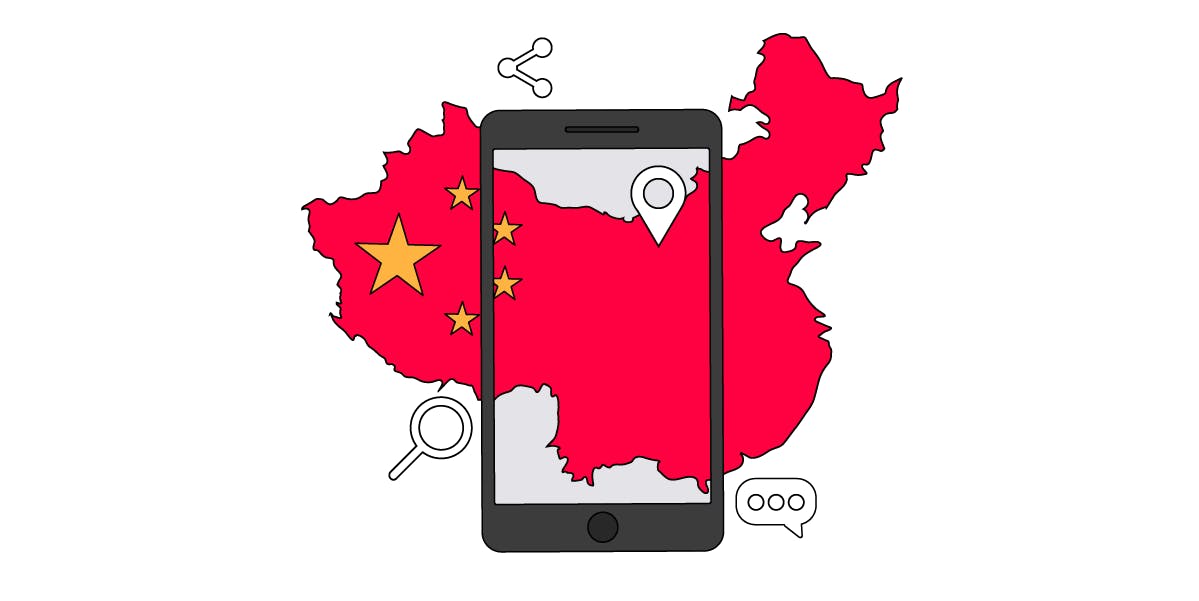Even hidden under a rock, marketers would have heard about the phenomenal success of Singles Day, which has completely eclipsed Black Friday and Cyber Monday. It’s certainly stirring debate, but we are still finding that western brands are attempting to play by western rules in the Chinese landscape. This is especially prevalent when it comes to ecommerce.
Since 2009, when Double 11 (another name for Singles Day in China) was first created, a major themed online shopping festival has sprung up for almost every month: from Double 12 to 618, from Women’s Day Sales to the 9.9 (September 9) Grand Promotion.
What many fail to recognise behind these massive Chinese ecommerce occasions is that they are being actively promoted by the local commerce platforms themselves and their communities, rather than by brands running promotions. For some established western marketers, this raises concerns around brand dilution just as they are starting to gain traction. Misunderstanding what is motivating these occasions and how they function may well hinder that nascent brand success.
The misconceptions that western marketers have about how to conduct business in China become particularly apparent through the questions that they ask. My company, PingPong Digital, which specialises in digital marketing in China, recently hosted a workshop in London at which a number of brands asked how to set their ecommerce solutions up as in the west – just with an Alipay or similar local region payment option bolted on. They wanted to know why people simply weren’t buying through their owned websites.
It’s important to reset these assumptions when looking to establish a foothold in China. It is especially essential to understand the mindset and motivation of the Chinese consumer first. This isn’t a simple case of ‘if you build it, they will buy’.
Trust is a huge motivating factor in the region when it comes to new brand trial and selection. But this isn’t the same as building trust in the UK or US, where people are accustomed to researching and assessing the validity of new providers. In China, marketisation only occurred as recently as the 1990s. The explosion of new offers in the market in such a small timeframe has meant consumers fall back on their longstanding approaches to building trust – often personal recommendations from circles of family and friends.
This has developed over time to create an environment where specialised, vertical communities exist, facilitated by dedicated social ecommerce platforms, connecting people looking for recommendation from a sphere of like-minded and trusted advisers. Without any real natural parallels in the West, these are dedicated communities which act as trusted marketplaces for certain types of product, from baby items to trainers.
This phenomenon has grown from the likes of Taobao and JD.com which acted as trusted middlemen for Chinese consumers to access new and previously unknown products. Through their authority, they removed the risk of trialling something new and untested to many in the country, as well as addressing concerns around fake products.
As their influence grew, so did the costs associated with using these platforms for brands, and the market saw new, highly specialised sub-platforms emerging. Recently we have seen the influence of these ecommerce communities swelling when it comes to building brand trust and equity – to the point where western brands should really be taking advantage of the credibility they can lend when launching into a region.
Ignoring the step of building trust with Chinese target audiences may be understandable – after all, western brands only have to make sure their credibility is backed by Google to build their reputation in markets. While the digital opportunities to engage with the region may be proliferating, for brands looking to seize the opportunity at the dawn of the new decade it may be worthwhile looking to dust off their knowledge of building brand basics. Simply throwing budget at the brand in the region will likely not cut the mustard.
Understanding the trust equation and taking time to warm up an audience, on the right selected communities, with effective brand building will likely pay greater dividends than trying to kickstart the latest dance craze on Douyin.







